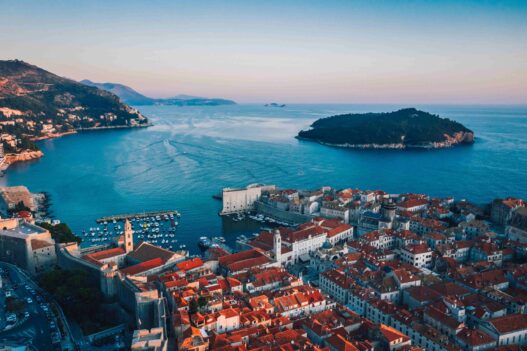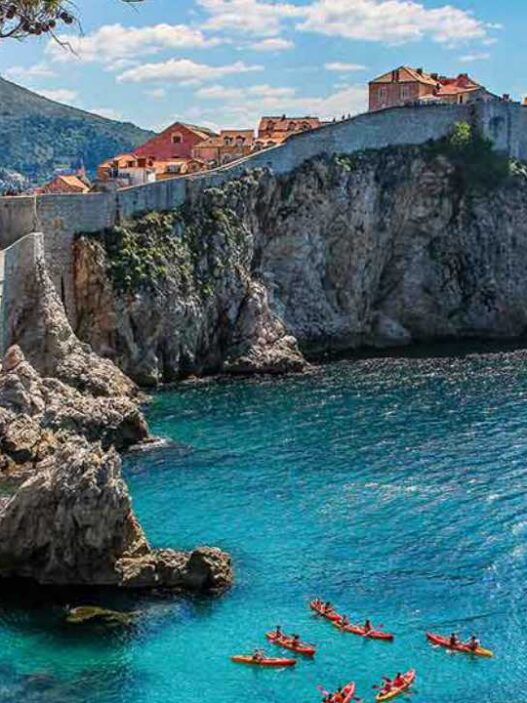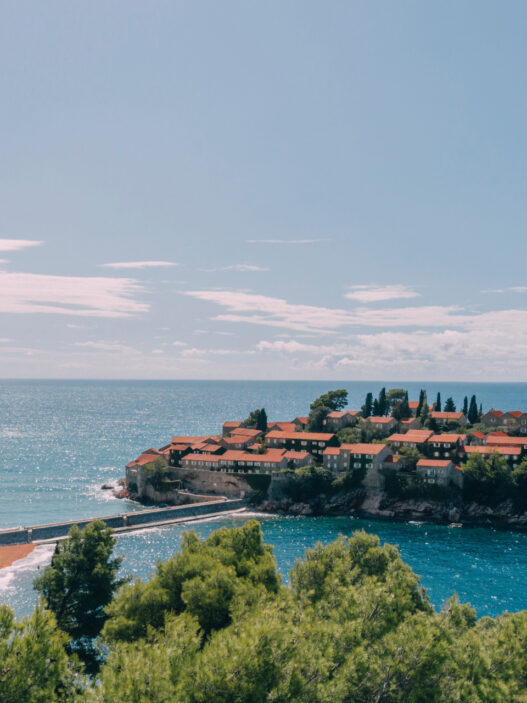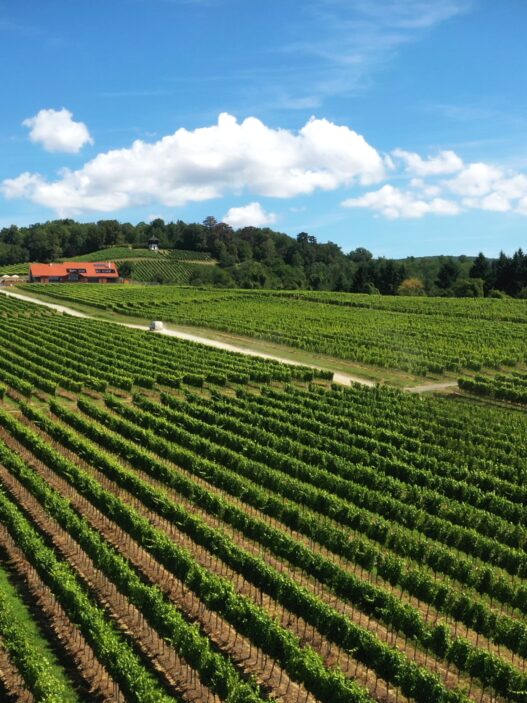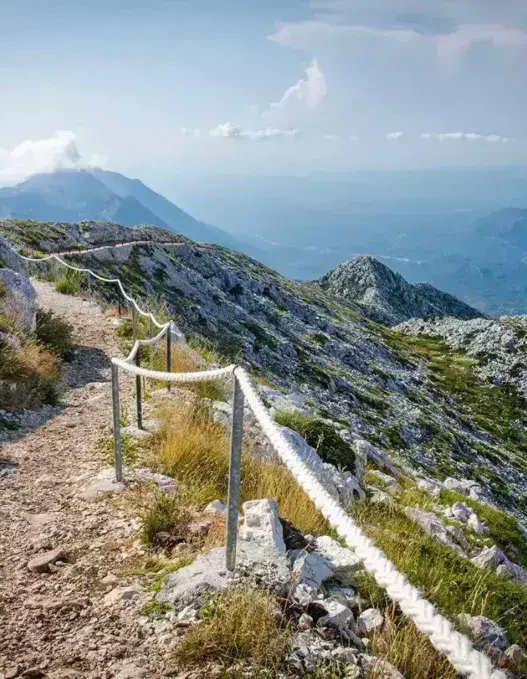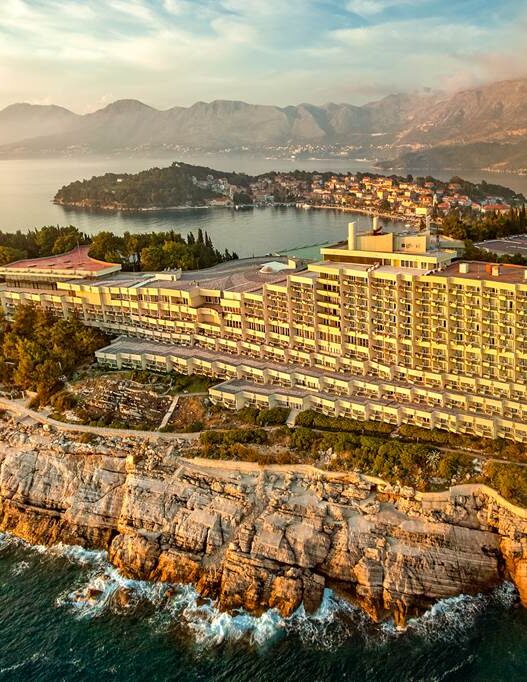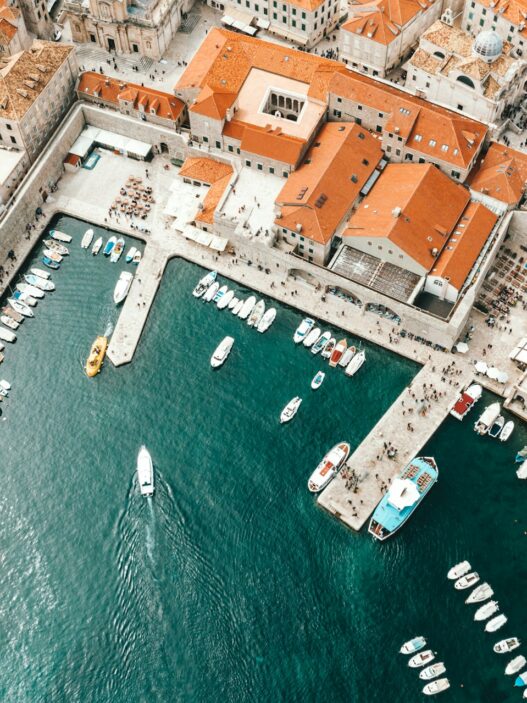Croatia’s popularity has soared in recent years, making it a favorite for travelers seeking rich history, stunning coastlines, and cultural charm. With exciting developments in tourism and sustainable travel, 2025 is shaping up to be an excellent year to visit. Whether you’re exploring the medieval streets of Dubrovnik, island-hopping along the Adriatic, or enjoying the vibrant culture of Zagreb, there is something for everyone.
In this Croatia travel guide for 2025, we’ll cover everything from budgeting and best times to visit to must-see destinations and travel logistics. Whether you’re a first-time visitor or a returning traveler, this guide will help you plan an unforgettable experience.
“Forgetfulness heals everything and song is the most beautiful manner of forgetting, for in song man feels only what he loves.”
Why Visit Croatia in 2025?
Evolving Tourism & Infrastructure
Croatia continues to enhance its tourism sector with better connectivity, improved accommodations, and new attractions. Expect:
- New direct flight routes from major cities across Europe and North America, making it easier than ever to visit.
- Upgraded public transportation, including modernized ferry services along the Adriatic coast, reducing travel time between islands.
- An increase in eco-friendly hotels and sustainable travel initiatives, making Croatia a great option for responsible tourism.
Best Time to Visit
The best time to visit depends on your preferences. Here’s what each season offers:
- Spring (April–June): Experience Croatia in bloom with pleasant weather, fewer crowds, and lower prices.
- Summer (July–August): The peak travel season offers vibrant nightlife, music festivals, and the best beach weather, but expect larger crowds.
- Fall (September–October): Warm seas, fewer tourists, and harvest season make this a great time for food and wine lovers.
- Winter (November–March): Ideal for cultural tourism, Christmas markets in Zagreb, and exploring without the summer rush.
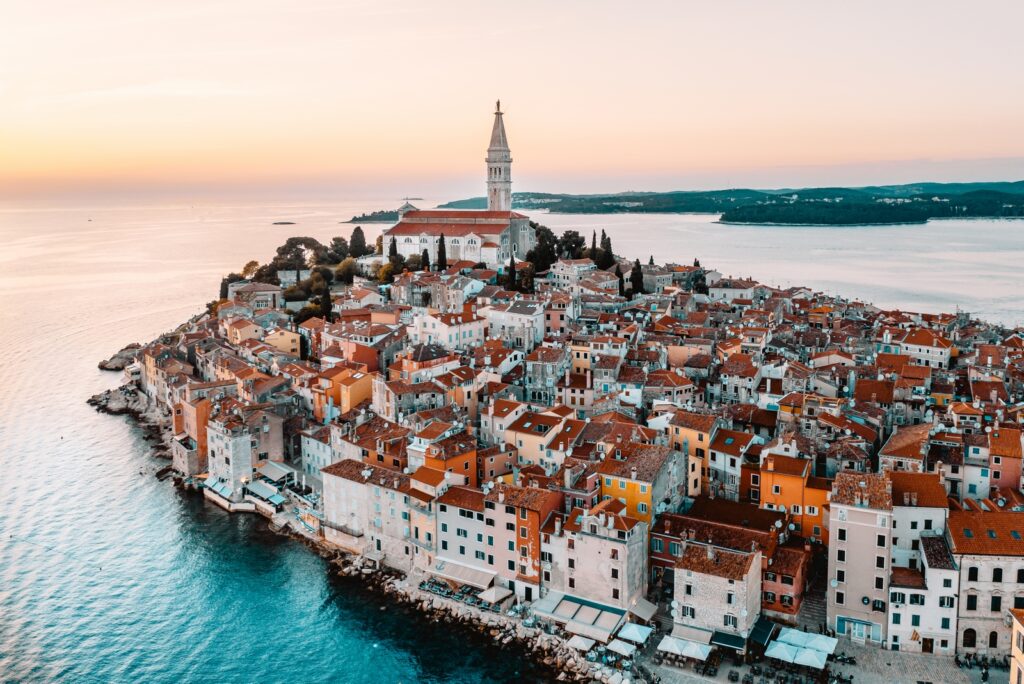
Top Destinations to Explore in Croatia
1. Dalmatian Coast: Split & Dubrovnik
Split – A Perfect Blend of Ancient and Modern
Step into history as you explore Diocletian’s Palace, a UNESCO World Heritage site that forms the heart of the city. Enjoy the lively Riva promenade, where you can sip coffee while watching the boats roll in. Don’t forget to take a ferry to nearby islands like Hvar, Brač, and Vis for an unforgettable island-hopping experience.
Dubrovnik – The Pearl of the Adriatic
Walk the ancient city walls of Dubrovnik for breathtaking views of the Adriatic. Visit the Rector’s Palace, explore Game of Thrones filming locations, and relax on Banje Beach. Take a cable car to Mount Srđ for a panoramic sunset view.
2. Istria: The Foodie’s Paradise
Rovinj – A Romantic Getaway
With its pastel-colored buildings and Venetian influences, Rovinj is a dreamy coastal town perfect for couples. Wander its charming streets and enjoy fresh seafood at a waterfront restaurant.
Pula – Roman Heritage Meets Modern Vibes
Pula is famous for its well-preserved Roman Amphitheater, one of the best in the world. The city also offers beautiful beaches and lively summer concerts.
Motovun – Truffle Heaven
Food lovers should head to Motovun, where truffle hunting is a popular activity. Try fuži pasta with fresh truffles and sample Istrian wines at a local vineyard. Motovun is also a home to famous film festival.
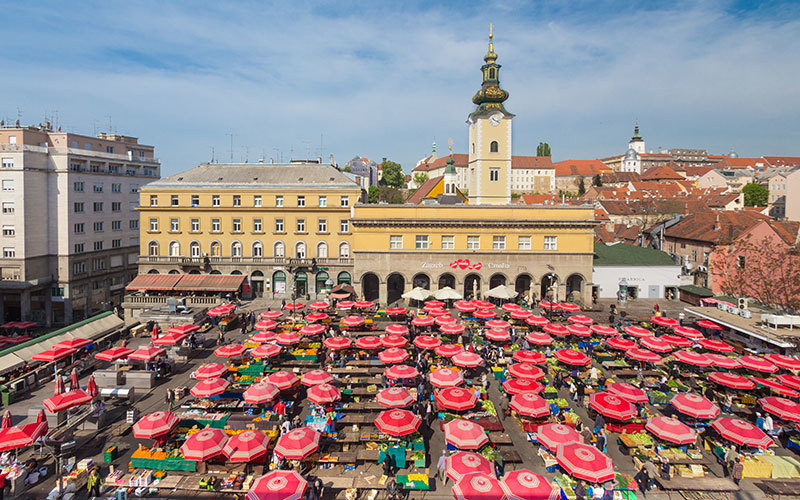
3. Zagreb: The Cultural Hub
The Croatian capital is known for its lively street markets, historic architecture, and museums.
- Dolac Market is a must-visit for fresh produce and local delicacies.
- Museum of Broken Relationships offers a unique perspective on love and loss.
- In winter, Zagreb’s Christmas markets transform the city into a festive wonderland.
4. National Parks & Nature Reserves
Plitvice Lakes National Park
A UNESCO World Heritage site, Plitvice Lakes is famous for its cascading waterfalls and wooden walkways. Visit early in the morning for a peaceful experience.
Krka National Park
Krka offers stunning waterfalls, including Skradinski Buk, where you can take a refreshing swim. A boat ride to Visovac Island is highly recommended.
Budget & Cost-Saving Tips
Accommodation
- Budget travelers: Hostels & guesthouses ($30–$50 per night).
- Mid-range: Boutique hotels & Airbnbs ($75–$130 per night).
- Luxury: 5-star resorts & private villas ($200+ per night).
Food & Dining
- Local bakeries offer burek (savory pastries) for under $3.
- Konobas (traditional taverns) serve homemade dishes at reasonable prices.
- Avoid tourist traps by dining away from main squares.
Transportation
- Buses: Most budget-friendly option between cities. You can use Flixbus.
- Ferries: Ideal for island hopping—book in advance during summer.
- Car Rentals: Recommended for off-the-beaten-path adventures in Istria or Slavonia.
Essential Travel Tips for Croatia
- Currency: The official currency is the Euro (€).
- Language: Croatian is the official language, but English is widely spoken in tourist areas.
- Electricity: Standard European 220V, Type C & F plugs.
- Tipping: Rounding up bills or leaving 10% in restaurants is standard.
- Packing Tips: Bring reef-safe sunscreen, comfortable walking shoes, and a light jacket for evenings
FAQs About Visiting Croatia in 2025
1. Do I need a visa to visit Croatia?
Most travelers from the EU, US, Canada, and Australia do not need a visa for short stays. Check the Croatian embassy website for up-to-date requirements.
2. What is the best way to get around Croatia?
Buses are the most affordable option, while ferries are best for islands. Renting a car is ideal for exploring rural areas.
3. Is Croatia expensive?
Croatia offers options for every budget. While coastal cities can be pricey in summer, shoulder seasons and inland areas are more affordable.
Croatia in 2025 offers an unforgettable blend of history, natural beauty, and vibrant local culture. Whether you’re a budget traveler, an adventure seeker, or a luxury enthusiast, Croatia has something for everyone. Plan ahead, explore beyond the typical tourist spots, and immerse yourself in the unique Croatian way of life.


